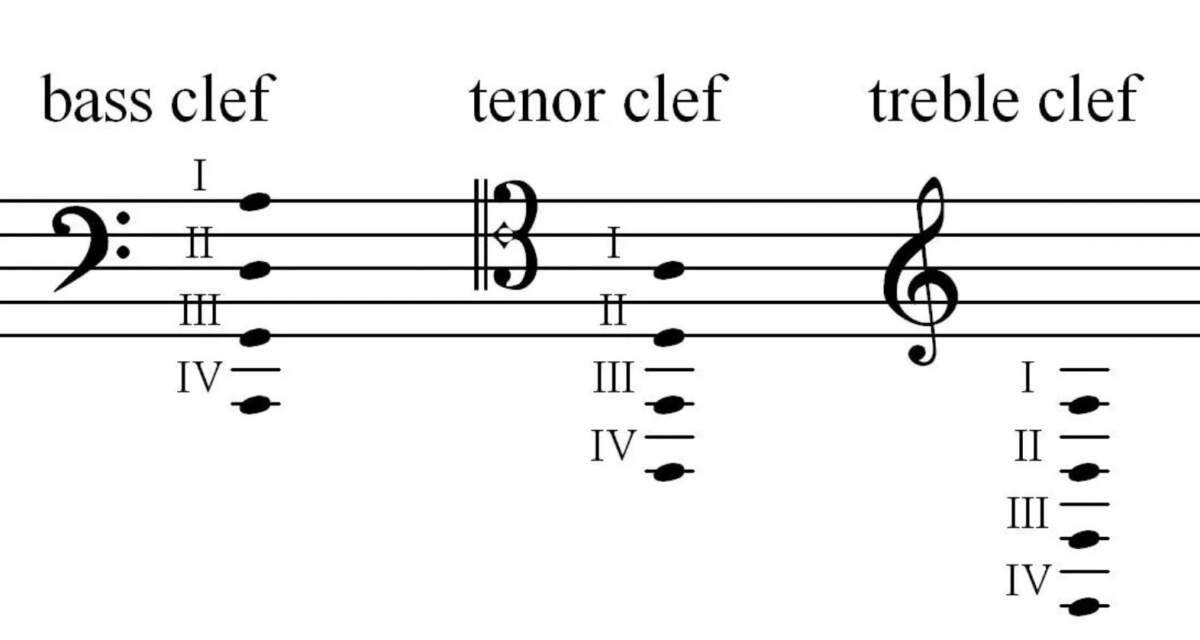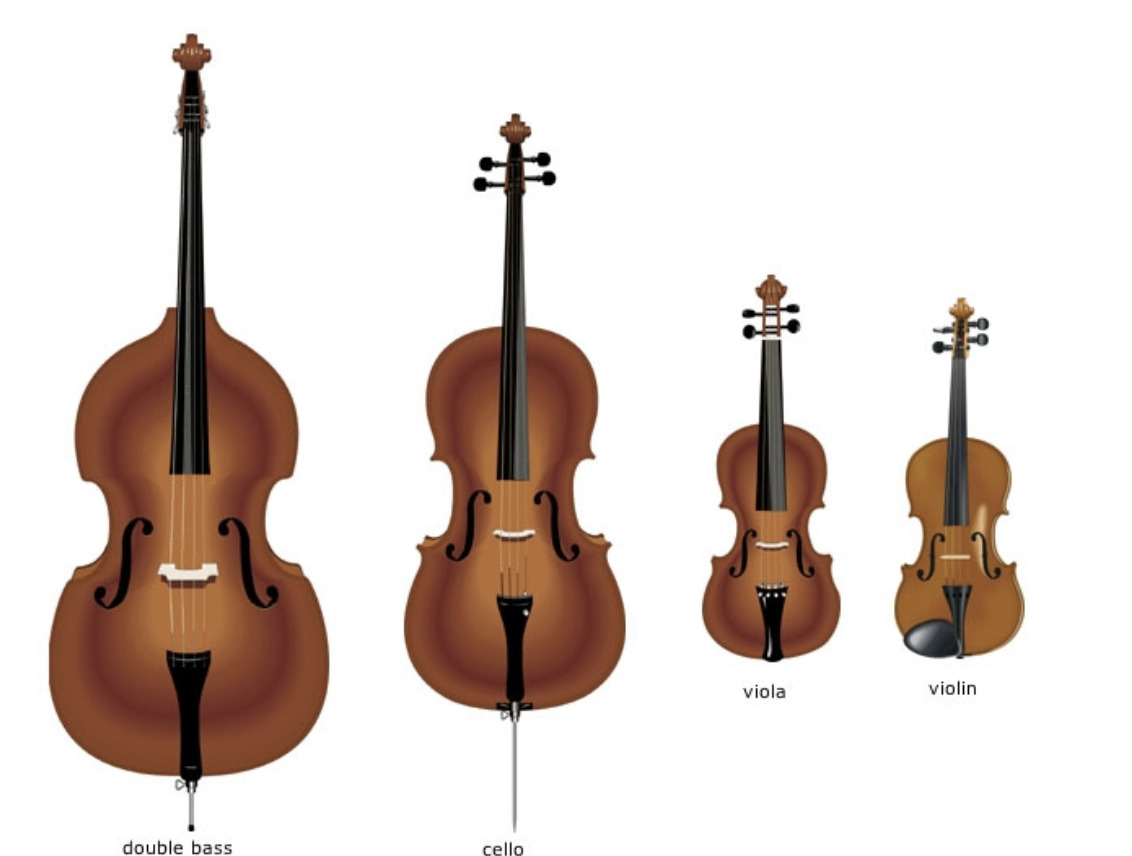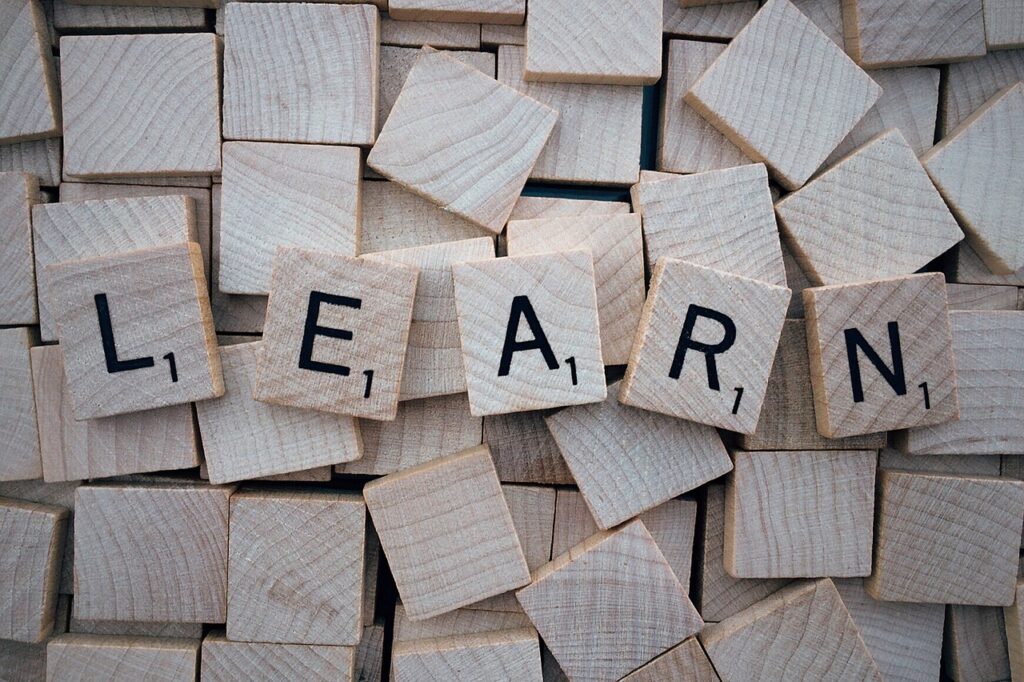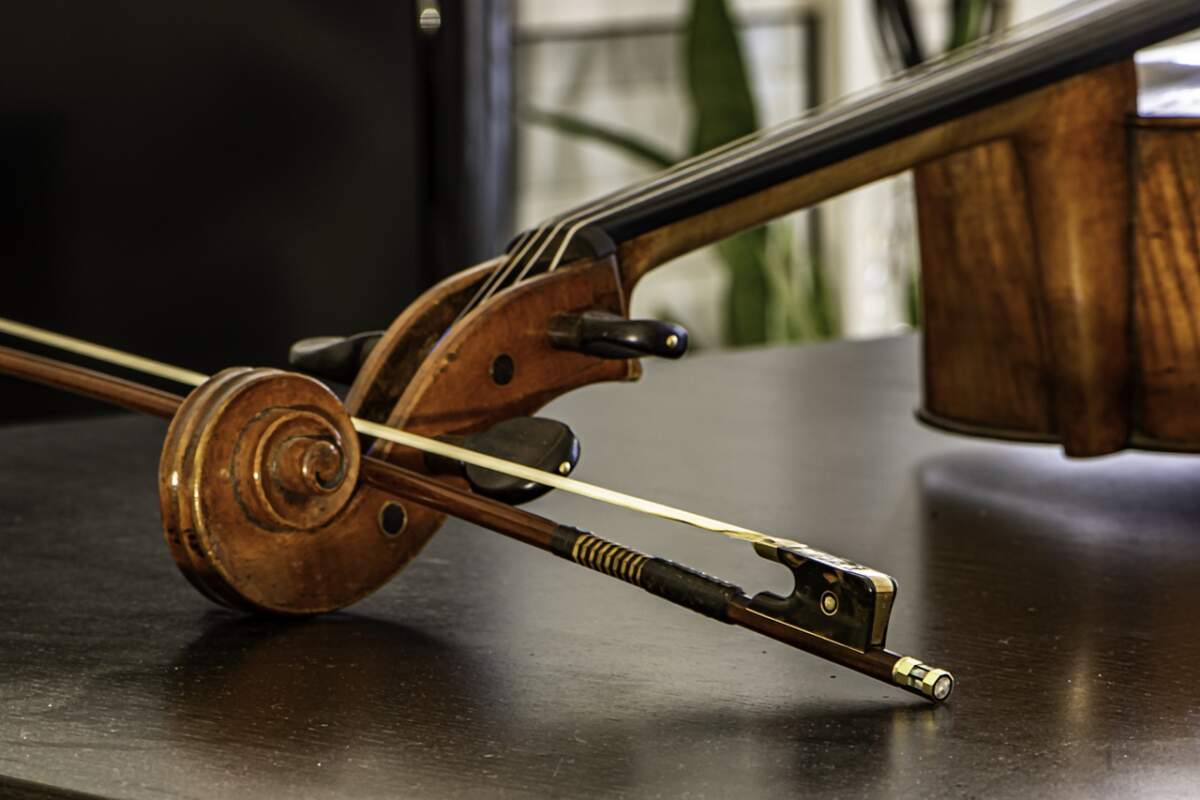You might be considering taking up a stringed instrument but can’t choose between the violin or the cello (which are likely among your top contenders). So cello or violin… which is right for you? Which is the better instrument to learn as an adult?
Here are some things to think about which might help you make a more educated decision. And if you are someone who prefers watching vs. reading, enjoy a video I made alongside my dear friend Beth Blackerby of ViolinLab.com (posted above). Though we are each partial to our own instruments of choice we do our best to be unbiased.
SIDE NOTE: If you didn’t already know, this blog is connected to a website on learning the cello as an adult, so you might think it is going to be a bit slanted to one side. Although my instrument is indeed the cello (which I love…), as someone who has taught both the violin and the cello for many years, I will present each instrument in their best light without any bias. I promise. 🙂
To begin with, let’s talk about how the two instruments are similar. Both the violin and the cello are part of the violin family. And just like in your family, members often bear resemblance to one another. Same is true of the violin family which consists of the:
- violin
- viola
- cello
- bass
The smallest instrument of the violin family is the violin and the largest member of the violin family is the bass.
And as you can see from the illustration below, they do look a LOT alike – with the exception of size.
Here are the similarities between the violin and cello:
- They all have four strings tuned in 5ths (meaning each string is five notes away from the next adjacent string).
- They violin and cello have the same components with the exception of the chin rest for the violin and the endpin for the cello (the endpin supports the cello against the floor while the cellist is seated).
- They both produce a sound by either drawing a bow across the string or by plucking the string.
Probably their main difference is that the violin is held under the chin and against the neck, while the cello rests between the sternum and knees. So quite different with regards to positioning.
Let’s compare the sound of the cello vs. the violin:
Cello –
The cello is often compared to the human voice. It is often said the cello is the instrument which most closely resembles the tenor voice and therefore many people gravitate to the rich, warm tones of the cello. The tonal register begins with a low C below the bass clef staff and has a range which reaches well past the top of the treble clef. Its velvety-smooth, low vibrations and melancholy, lyrical lines make it a popular instrument for movies, soundtracks and meditations.
Violin –
The note range of the violin is higher than the cello (an octave and a fifth, to be exact) and the sound has the ability to rise above (or to be heard over) the other instruments in an orchestra because of its high, brilliant timbre in the upper register. A skilled violinist on a quality instrument can easily produce a warm, clear tone in the uppermost register of the violin.
Many composers have used the violin as a musical tool to represent various bird calls and bird songs. Throughout the centuries, the violin has been a very popular instrument in both in the classical and folk worlds.
What about the ease of playing?
Cello –
Cello is considered overall to be a comfortable instrument to play because it can only be played sitting down (yes, you can indeed make a sound on the cello while standing, but that’s not how it’s done unless of course, you are Woody Allen…). The arms and hands form natural angles when positioned on the instrument.
It’s also easier to produce a moderately good sound on the cello immediately. The strings are lower and resonate slower. When the bow is drawn across the string, most people can comfortably get a good sound on any of the cello strings.
Violin –
Violin, on the other hand, can be played either sitting OR standing depending upon the setting (performance or practice). Violin pedagogy teaches the student to keep tension out of the player’s neck, shoulders and the arms. However, learning how to properly place a violin shoulder-rest and chin-rest takes some time and adjustments. The neck and chin must only be resting on these items in order to maintain a balanced, relaxed posture.
In addition, the left arm is raised when playing the violin, making it less natural to play the violin than the cello.
 What about note reading?
What about note reading?
Cello-
This is what needlessly scares some folks away from the cello… all the different clefs. Cello players have to read in three different clefs; treble, tenor and bass clef. Because of the middle range of the instrument, in order to keep the notes more-or-less on the staff, the cellist must switch clefs often while reading the music.
However, by the time the student is learning the tenor or treble clef, they have reached a level where they understand shifting and the reasoning behind why a new clef must be introduced in the middle of the measure or line.
Violin-
Lucky for violinists, they are only required to read one clef, the treble clef. But keep in mind, when they play in the highest register of the violin, the notes are situated well above the music staff and the violinist must quickly read many ledger lines in order to know what note to play. This can be intimidating to even the most experienced musicians.
Portability:
 Cello-
Cello-
Well, this one is obvious. Portability is a serious issue for many cellists. The size of the instrument requires an equally sizable case for travel. The cello plus the bow, the case and the music amounts to an impossible scenario for some. For those who live in a highly congested city, public transportation is likely the only avenue for getting around. And traveling to rehearsals or lessons is an adventure in itself.
In addition, flying with a cello is either expensive, scary or impossible. If the cellist doesn’t have funds to purchase a seat on the plane for the cello, the cello must go underneath the plane with the rest of the luggage. This requires an enormous, over-sided travel case which is accompanied by an oversized luggage fee. And the travel cello case only fits in SUV sized vehicles.
So, the cello gets low marks for portability.
Violin-
The violin wins the portability debate without any question. It’s lightweight, it has backpack straps or a nice handle, it fits in the overhead compartment on the plane – no extra ticket required…. Hrmpfff. So, if you want an instrument which is easy to travel with, the violin is your obvious choice.
Music repertoire:
Violin-
Let’s face it. The violin usually gets the best parts. Most of the melodic lines in an orchestra go to the violins. All those fast scale runs, and whistle-worthy tunes are played by the violins while the rest of the orchestra (cellos included) maintain the earth beneath them. The rest of the orchestra plays the steady beat, the harmonies or just stays out of the way of the violin melodies (ok, that’s a slight exaggeration, but you get what I’m saying).
Cello –
The cello on the other hand plays a supporting role to the violins in an orchestra. The cellos keep the beat stay and provide a lovely accompaniment to the violins.
Now in SOLO literature, the cello gets to take command! Because of the recent mainstream popularity of the cello, cellists DO get the melody and the artistic demands of the player can be extraordinary. There came a point in time where composers understood what the cello is capable of and that’s when the cello literature started to rival that of the violin literature.
The most important factor to consider when deciding whether to learn the violin or the cello is to learn what YOU love the most.
- What sound warms your soul?
- Which instrument is the one you think about all the time?
- Which instrument is the one you can envision yourself playing?
Once you do a little soul-searching, it will become clear which instrument you should play. In the meantime, here are a couple videos to help you with your decision-making. Enjoy!




